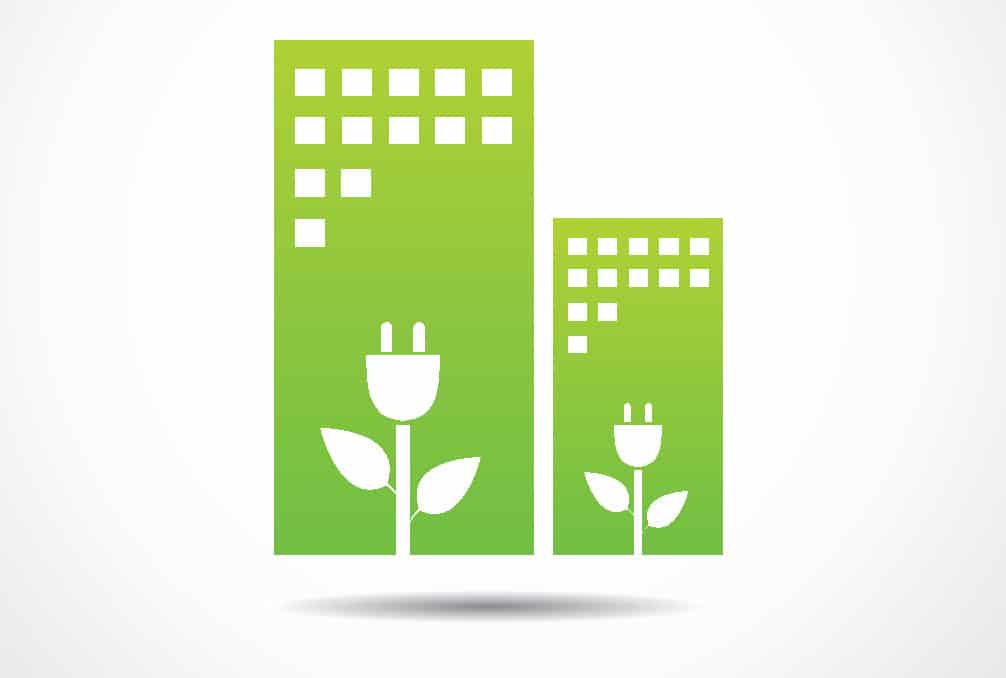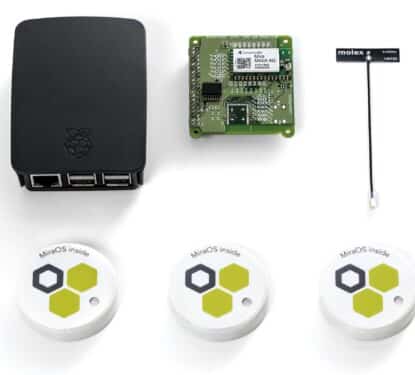Once upon a time, smart buildings were all about energy management. Continuing pressure to cut costs and growing pressure to tackle climate change had converged to drive an energy efficiency revolution in buildings. At the heart of that revolution was smart technology, where sensor networks and big data software processed masses of information about the building and its occupants to find new efficiencies that reduce energy consumption. This information also proved useful for a range of human-centric applications too, and the value of those applications has come to the fore in recent years. Today’s smart buildings strive to be human-centric but shifts in the energy mindset now signal a change from energy efficiency compliance to full-lifecycle net-zero ambition.
“In recent years, many companies have worked to cut costs and reduce their environmental footprints. Now, with research showing that the physical risk from climate change will continue to accelerate unless the world achieves net-zero emissions by 2050, no business can afford to hesitate on the path toward this mission-critical goal,” says John Hagen, Global Senior Managing Director of Asset Performance & Excellence Services at CBRE Global Workplace Solutions in an article for FacilitiesNet. “To put it simply, a better future must start with energy management.”
Corporations are most interested in increasing shareholder value but as society evolves, greener solutions increasingly become the most profitable options for businesses. Energy efficiency and on-site renewable energy have obvious cost-saving benefits, of course, but also offer green credentials that have never been more valuable. Every large corporation in the world spends a significant portion of the marketing budget on telling the world how much they care about the planet. Showing off green credentials builds brand image in the face of potential customers, making them more inclined to buy a company’s products and services, but also builds brand in the face of potential talent, driving better recruitment.
“Employees know that green building programs like LEED help companies to develop responsible, sustainable and specific plans for green energy, water, waste, transportation and many other factors accountable for the human experience,” said Mahesh Ramanujam, president and CEO, USGBC. “We discovered that today’s employees are more motivated than ever to work for a company that promotes not just a higher standard of living for its employees, but also of its community. In today’s highly competitive job market, if companies want to attract and retain highly-skilled, talented employees, they must demonstrate a commitment to environmental, human, and economic sustainability.”

This societal green pressure has also led to changes in the way we see the true energy cost of buildings. We have moved past simply assessing the energy consumption of HVAC, lighting, and other building systems, to also consider the environmental cost of the construction process and building materials. We have even begun to consider embodied carbon, which represents the energy used in raw material extraction, transport, manufacture, assembly, installation, and deconstruction of buildings. Today, very few buildings or infrastructure assets can claim to be fully net-zero because of their embodied carbon cost and, due to the complexities of modern supply chains, it is challenging to even understand the origins of many building materials in order to calculate true net-zero.
“Achieving net-zero is no small feat. The construction and operational assessments are often at odds with each other as efficient fabric, systems and renewable generation technologies often involve materials with high embodied carbon content. The net-zero carbon target needs to be set as early as possible to enable all relevant modeling and design work to focus on that goal,” says Dmitri Korolenko, lead building physics and sustainability engineer at S.I. Sealy. “Ultimately achieving net zero carbon will rely heavily on the building’s site and function. On some projects, the only way to reach net-zero carbon may be carbon offsetting and the purchase of renewable energy. In most cases, however, net-zero carbon is achievable, if the client’s commitment, an experienced design team, and an appropriate budget are all in place.”
The greening of society is driving client commitment and experienced design teams are increasingly available as the smart building market matures, but the COVID-19 pandemic has created a complex budgetary landscape across the commercial real estate sector. We have been trying to tackle climate change for decades and now we expect to succeed while still battling the pandemic and facing a deep global recession. While the post-pandemic recession will impact budgets, the green recovery will focus funding and regulations on environmental goals to at least maintain the fight against climate change during the downturn. The pandemic has presented an opportunity to rebuild, and smart building energy management embodies that green recovery.
“The time to start rebuilding society is now. Fresh thinking is the need of the hour, as dual demands of climate change and urbanization are putting urban infrastructure under pressure like never before. As we navigate the fourth industrial revolution with a human-centered approach to design, our imagination is the limit to fostering a culture of enjoyment and personal responsibility for building socially stable and vibrant communities,” says SN Subrahmanyan, CEO & MD at Larsen & Toubro. “We envision smart highways embedded with neural networks connecting smart cities, intelligent buildings with real-time digitally monitored utilities, data-driven traffic management systems, autonomous vehicles, sustainable energy sources and zero emissions.”



